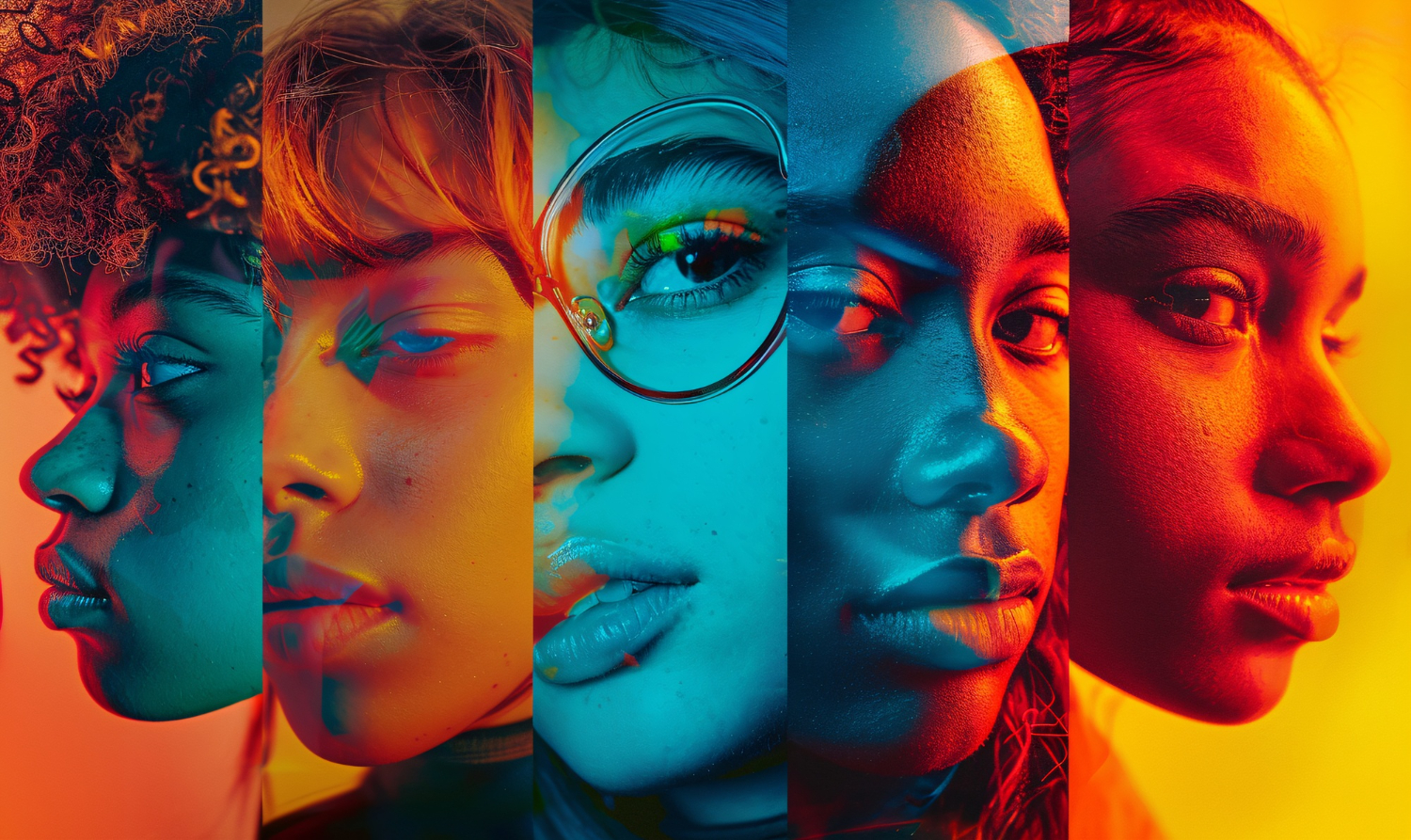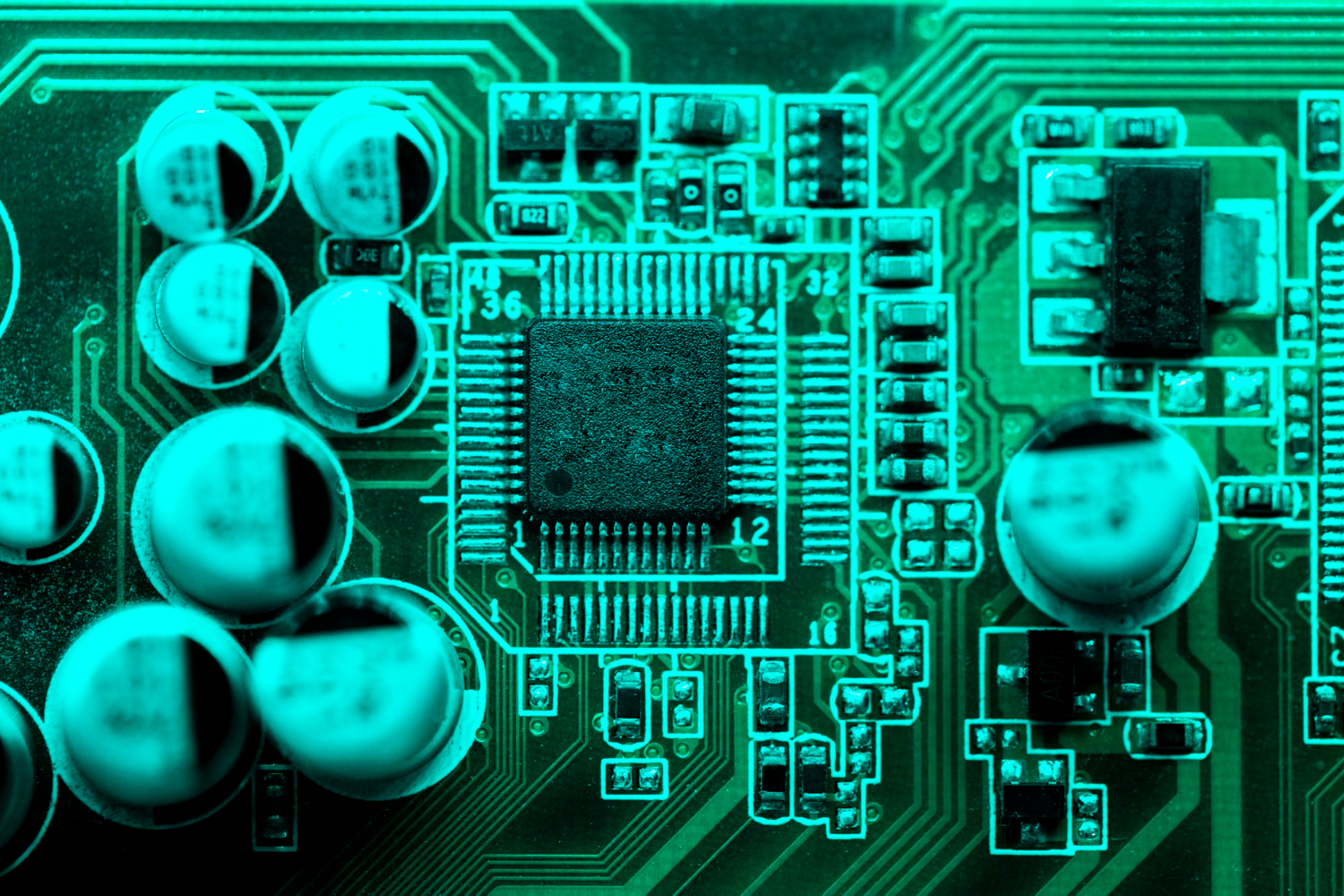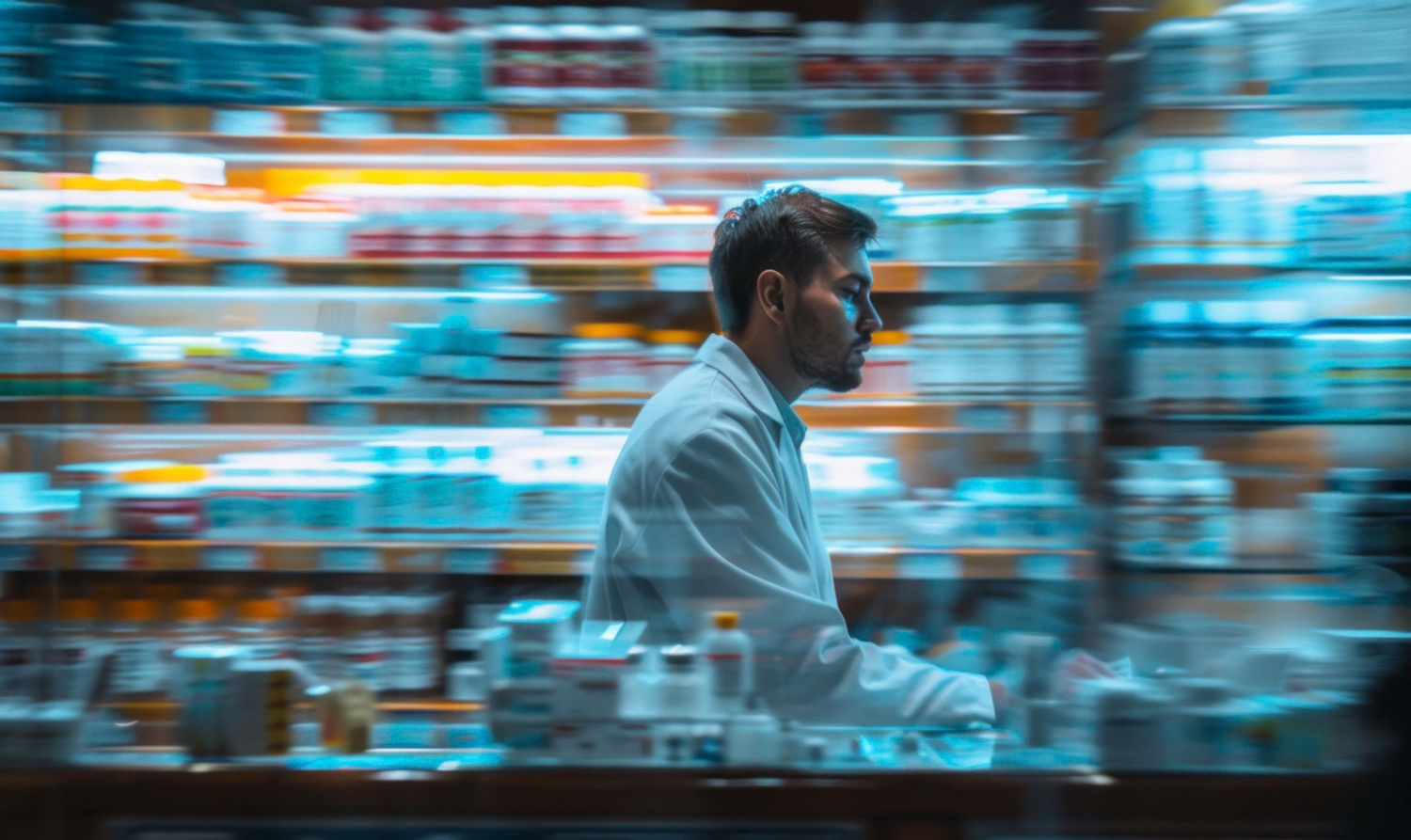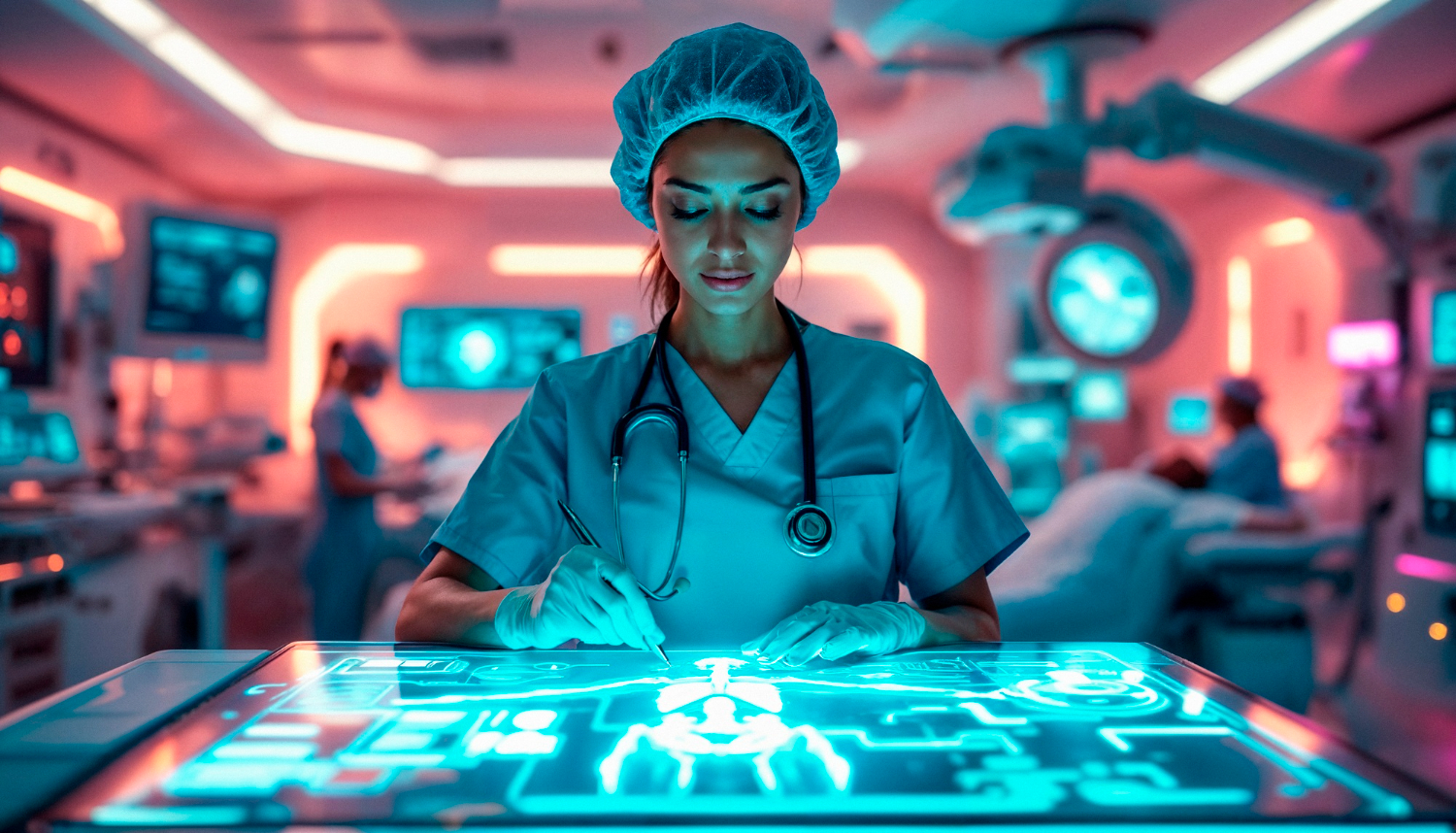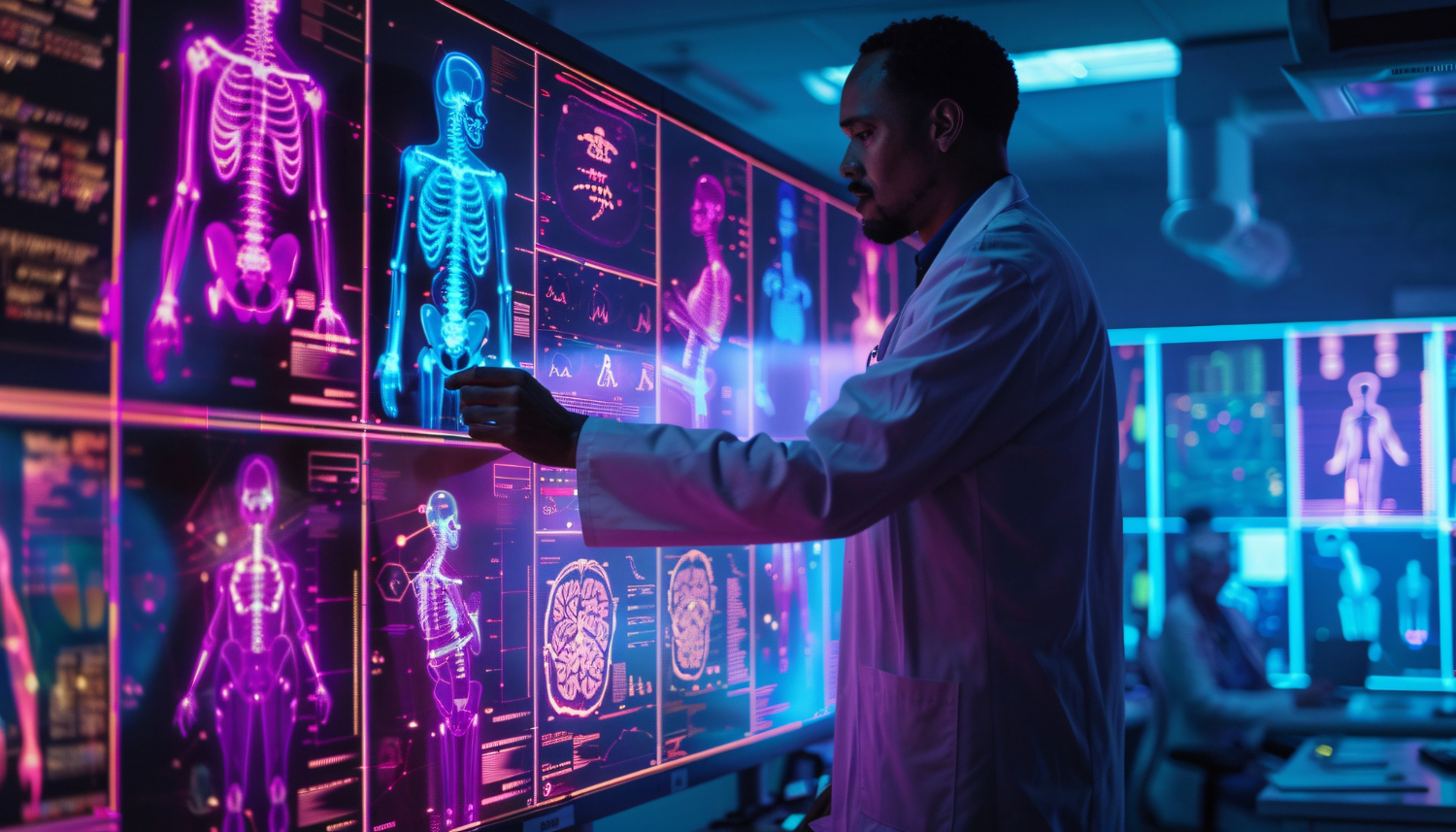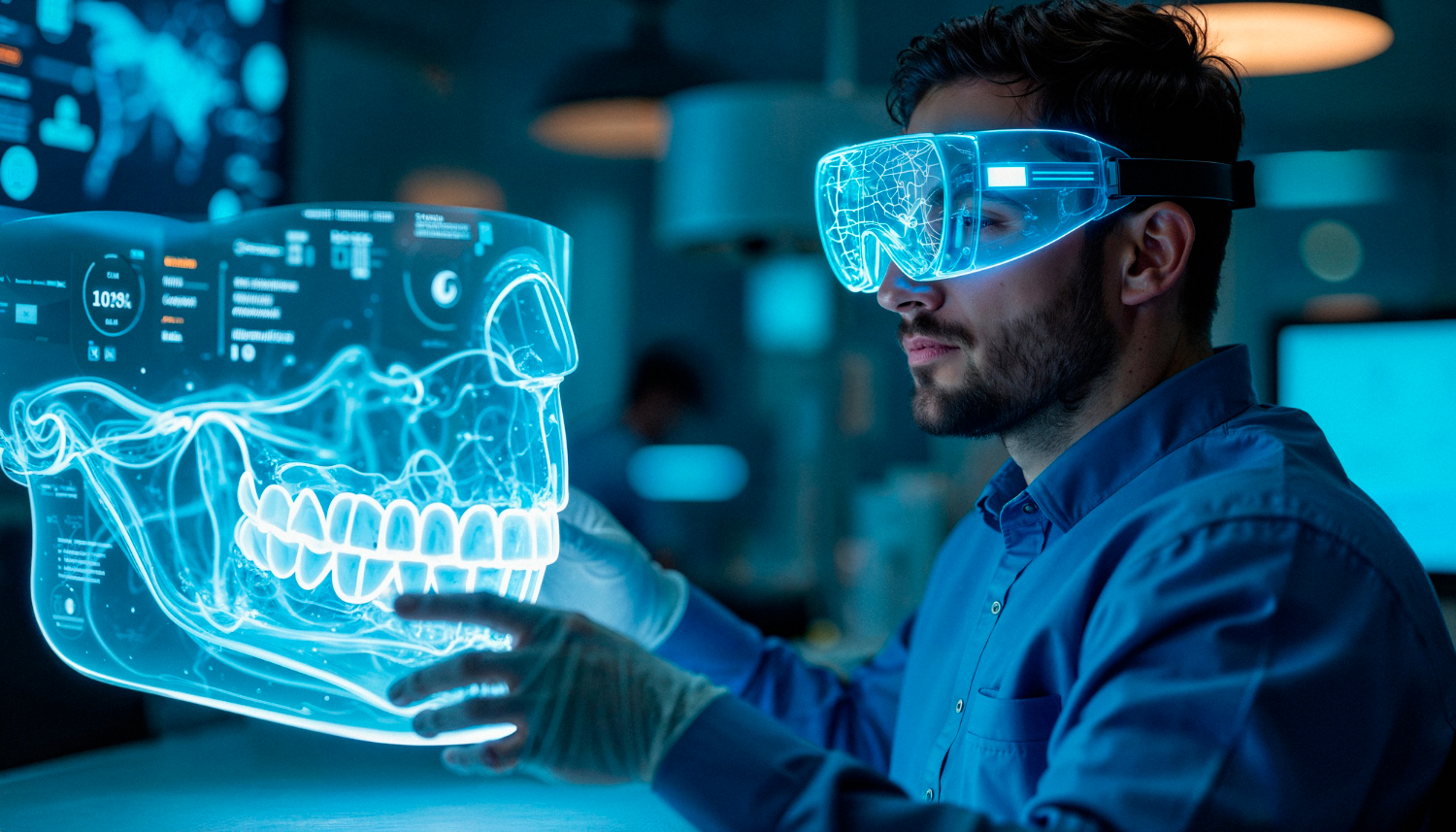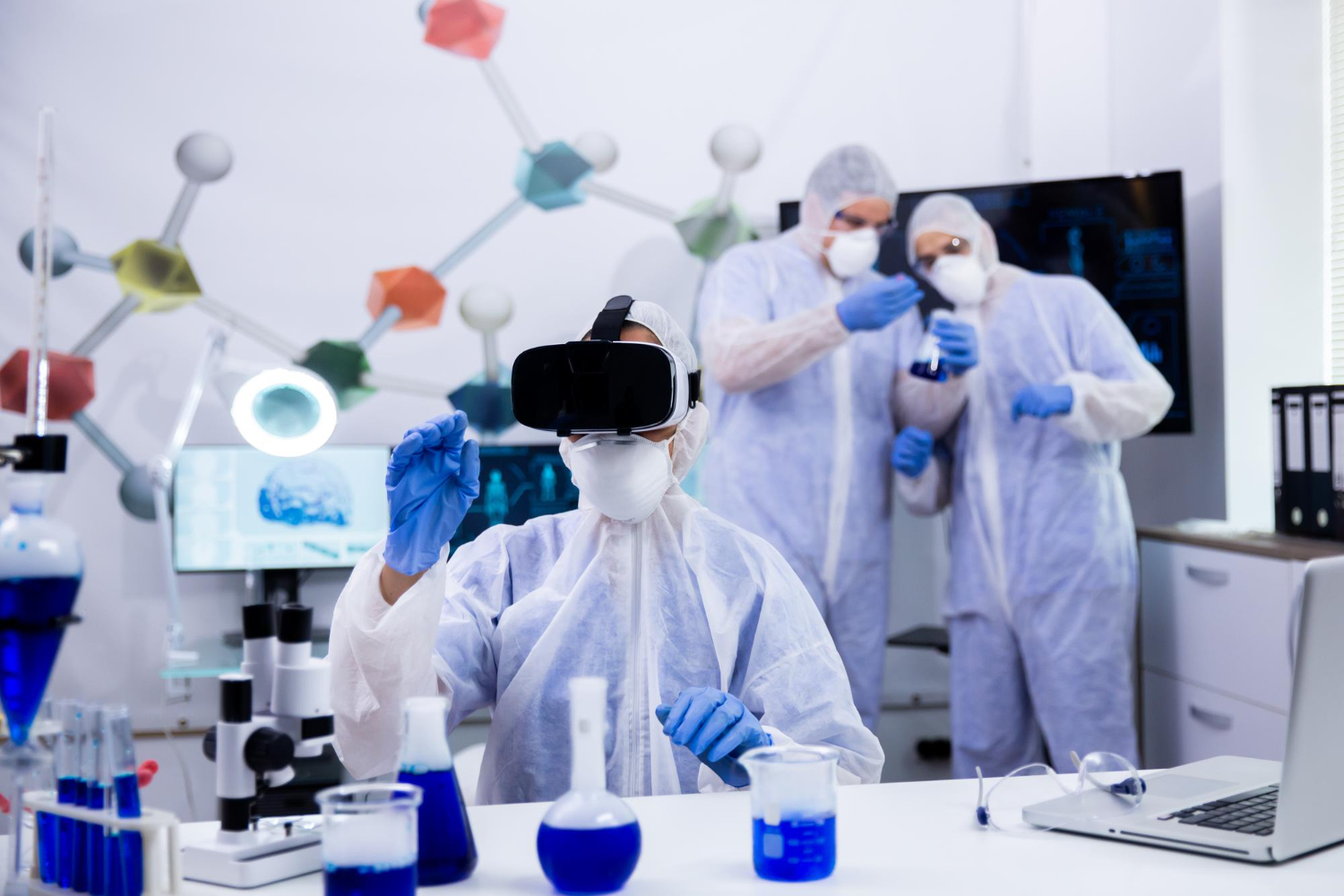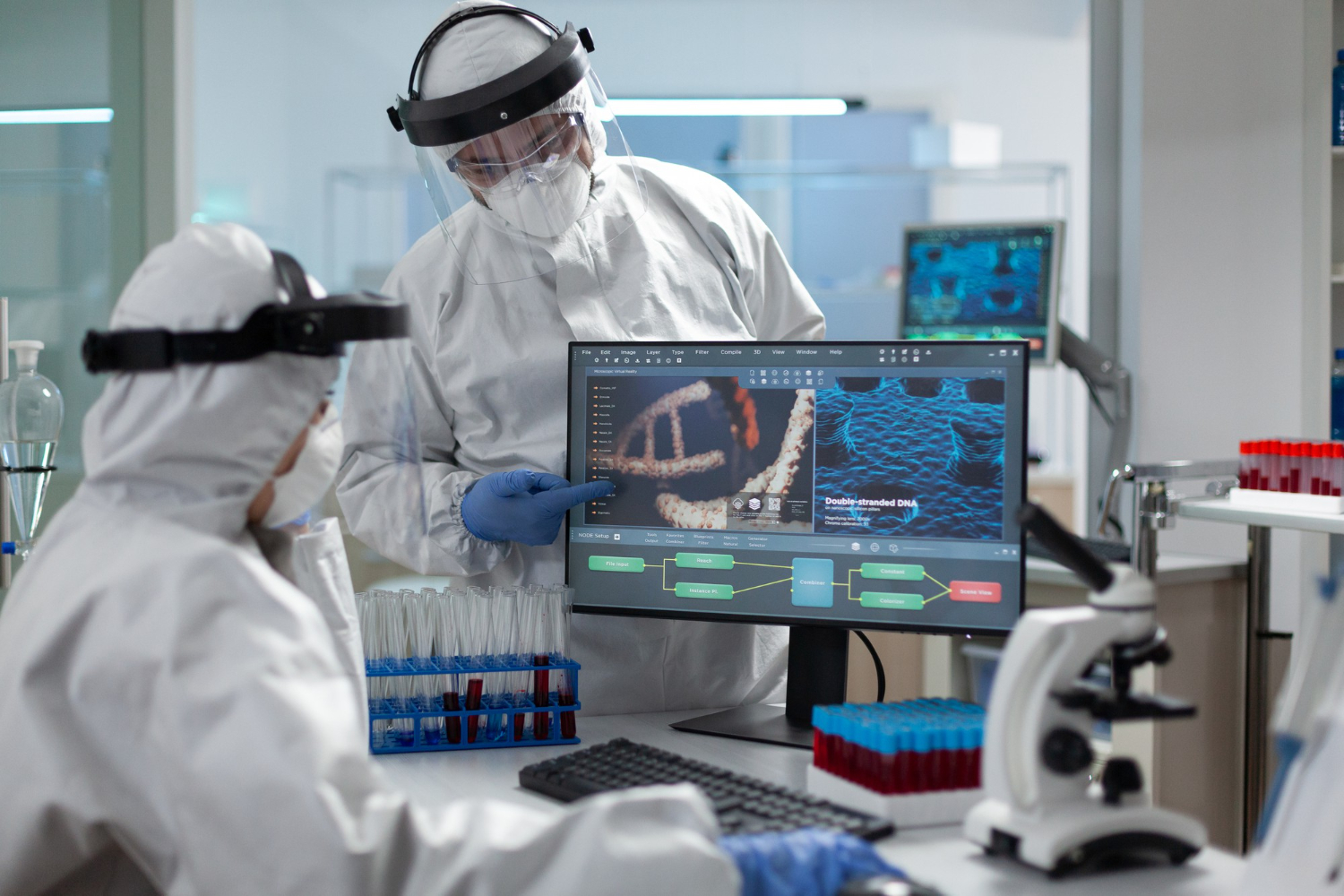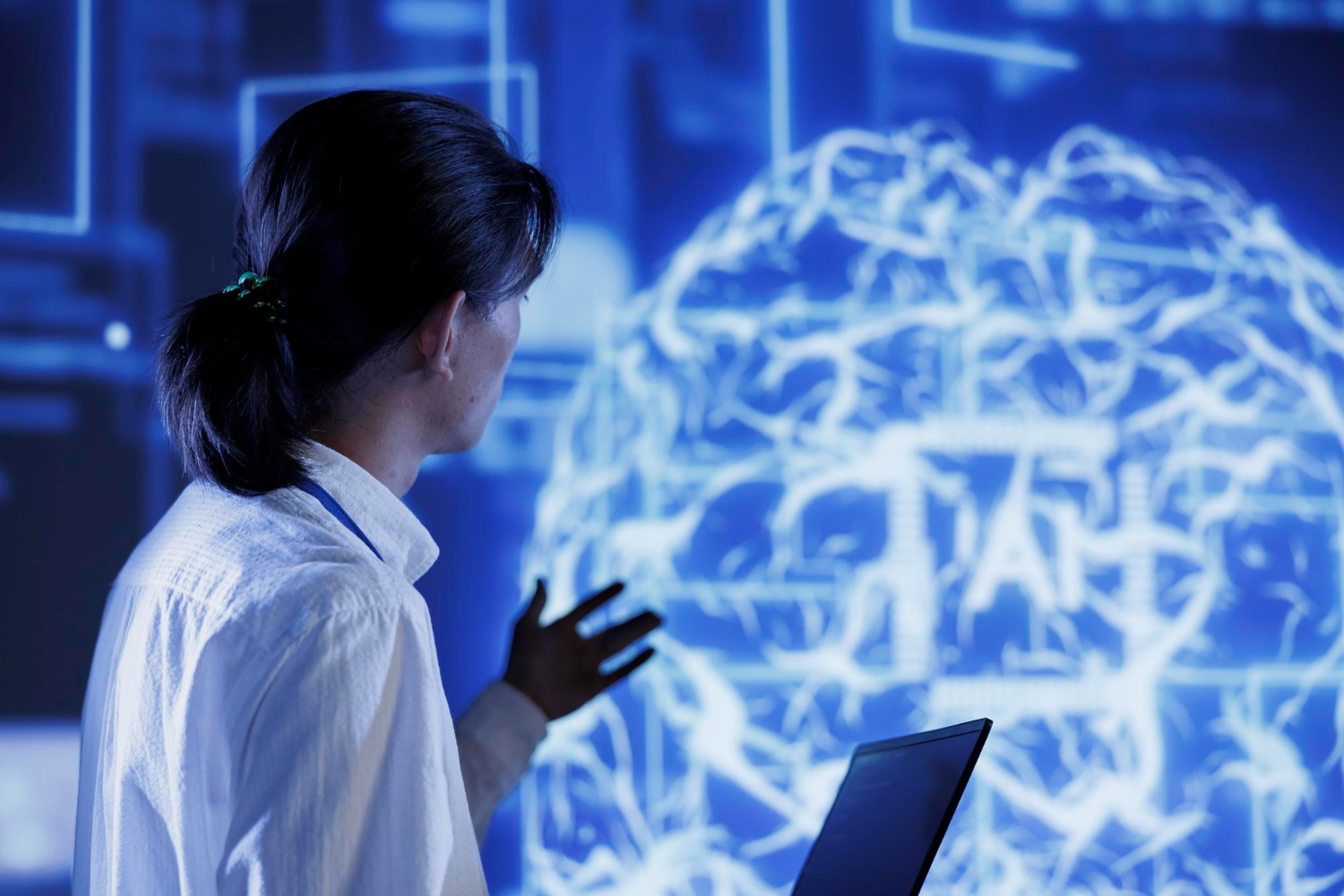Introduction
The ability to generate images through technology has come a long way. With advancements in generative tools, it’s now possible to create highly realistic and imaginative images from simple text prompts. This development has revolutionised content creation across various industries, from marketing to entertainment.
How AI Image Generation Works
The process of generating images starts with a powerful tool known as an image generator. This tool uses machine learning models that have been trained on large amounts of data, allowing them to understand and mimic the way the human brain interprets visual content. When provided with text prompts or descriptions, these models can create images that match the given input.
The Role of Generative AI
Generative models are at the heart of this technology. These models are fine-tuned to produce high-quality visuals that can be used for a wide range of applications. From generating realistic landscapes to crafting abstract art, these models have opened up new possibilities in digital creation.
Applications of AI-Generated Images
One of the most significant applications of this technology is in social media. Marketers and content creators can use AI-powered tools to quickly generate engaging visuals that attract attention. Whether it’s for advertising campaigns or simply enhancing the aesthetic of a social media profile, the ability to create images with minimal effort is invaluable.
Smart Marketing, Smarter Solutions: AI-Marketing & Use Cases
AI-generated images can be tailored to fit specific themes, branding guidelines, or target audiences, making them a versatile asset in a fast-paced digital world. For example, businesses can create custom graphics for seasonal promotions or trending topics without the need for a graphic designer.
Beyond marketing, AI-generated images are making waves in the entertainment industry, particularly in video games and film production. In video games, the technology can be used to create more detailed and immersive environments.
Level Up Your Gaming Experience with AI and AR/VR
Designers can generate complex landscapes, dynamic weather patterns, and intricate character designs, all of which contribute to a richer gaming experience. This level of detail, which would have taken hours or even days to produce manually, can now be achieved much more quickly with the help of AI. Moreover, AI-generated visuals can adapt to player actions in real-time, making the game more responsive and engaging.
Film production is another area where AI-generated images are proving to be a game-changer. Filmmakers can use these tools to create special effects, design futuristic settings, or even develop entirely new visual styles. This is particularly useful for creating scenes that would be impossible or prohibitively expensive to film in real life. For instance, AI can help generate realistic crowds, complex battle scenes, or fantastical creatures that seamlessly integrate with live-action footage.
Harnessing AI for Next-Level Cinematography
In the field of e-commerce, AI-generated images are being used to enhance product listings and marketing materials. Retailers can create high-quality product images that showcase items from multiple angles or in various settings. This can be particularly useful for small businesses that may not have the budget for professional photography. By generating consistent and visually appealing images, businesses can improve their online presence and attract more customers.
AI-generated images are also making an impact in the art world. Artists and designers are using these tools to experiment with new styles, compositions, and concepts. The technology allows for the creation of unique pieces that blend human creativity with machine precision. This fusion of art and technology is giving rise to new genres and forms of expression, expanding the boundaries of what is possible in visual art.
AI in Digital Visual Arts: Exploring Creative Frontiers
In the realm of education, AI-generated images are being used to create engaging and interactive learning materials. Educators can use these tools to generate illustrations, diagrams, and infographics that help explain complex concepts in a more accessible way. This can enhance the learning experience for students, making it easier to grasp difficult subjects. Additionally, AI-generated images can be used in virtual and augmented reality applications, creating immersive educational environments that bring lessons to life.
AI Smartening the Education Industry
Another emerging application is in the field of healthcare. AI-generated images can assist in medical training and diagnostics by creating detailed visual representations of anatomical structures or disease progressions. These images can be used in training simulations for medical students or in developing educational materials for patients. In diagnostics, AI-generated visuals can help doctors interpret medical scans, improving accuracy and efficiency.
Eat Right for Your Body with AI-Driven Nutritional and Supplement Guidance
Overall, the applications of AI-generated images are vast and will continue to grow as the technology advances. This technology improves social media content. It also changes many industries, including entertainment, e-commerce, art, education, and healthcare. Its impact is wide-ranging.
As AI tools become more accessible and sophisticated, we can expect to see even more innovative uses that will reshape the way we create and consume visual content.
How AI Tools Work
AI developers have created various open-source tools that allow users to experiment with generating images. These tools are designed to be user-friendly, enabling even those with little technical knowledge to create stunning visuals. By inputting text descriptions, users can produce a wide range of images, from simple illustrations to complex, photorealistic scenes.
The technology behind these tools relies on neural networks, which mimic the way the human brain processes information. These networks can perform tasks such as recognising patterns, understanding context, and generating new content based on learned data. The result is a seamless integration of creativity and technology, making it easier than ever to generate images that meet specific needs.
The Future of Image Generation
As the technology continues to evolve, the potential applications for image generation are only expanding. We can expect to see more refined and sophisticated tools that offer even greater control over the creative process. This will likely lead to more personalised and targeted content, as well as new forms of artistic expression.
How TechnoLynx Can Help
At TechnoLynx, we specialise in the latest advancements in image generation technology. Our team of experts is dedicated to helping businesses and individuals take full advantage of these tools. If you need to create images for marketing, entertainment, or other uses, we can help you. Our team has the skills to guide you through the process.
Conclusion
The ability to generate images using advanced technology is transforming how we create and consume visual content. From enhancing social media presence to improving the realism of video games, this technology is opening up new possibilities for creativity and innovation. With the right tools and guidance, anyone can tap into the potential of this exciting field.
Image credits: Freepik

